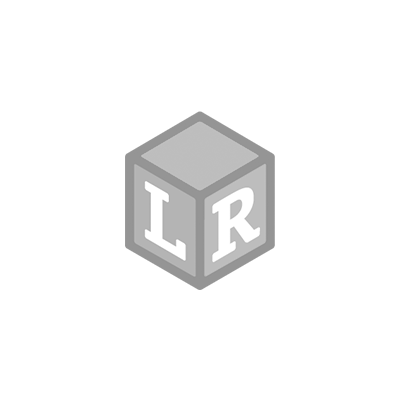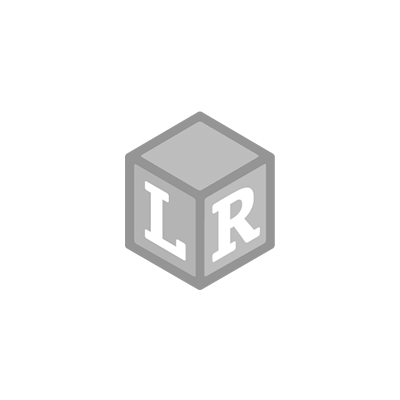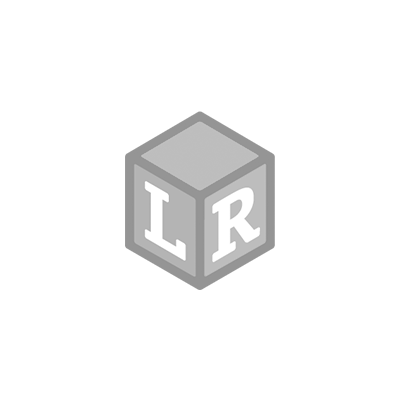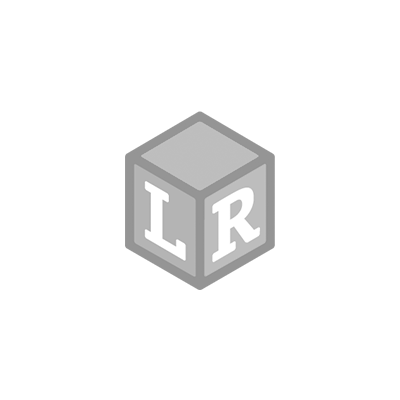
DIY Ocean Layers!
- Patria Lincoln Posted On Jun 5, 2018 | STEM
Ocean in a Jar DIY for Kids
When scientists studied the oceans long ago, they divided them into five major layers. Each layer, or zone, has unique characteristics, as well as unique characters who live there. Dive deep into this surface tension experiment, demonstrating each ocean zone: Trench, Abyss, Midnight, Twilight, and Sunlight.
What are the Layers of the Ocean?
1. Trench Zone:
This ocean layer lies at around 20,000 below sea level to the bottom of the deepest parts of the ocean. The deepest Trench Zone is off the coast of Japan, measuring 35,797 feet. The temperature is just above freezing, and the pressure is equal to 48 Boeing 747 jets. Invertebrates like starfish and worms call this zone home.
2. Abyss Zone:
The Abyss extends from around 13,000 feet to 19,600 feet, sitting atop the Trench Zone. There is no light at all, and the water temperature is near freezing. Small squids can be found in this layer, but there is very little life here. Three-quarters of the ocean floor lies within this zone.
3. Midnight Zone:
Extending from 3,200 feet to 13,000 feet, the Midnight Zone has a surprising amount of creatures swimming around. The animals themselves would produce any light seen in this zone! Sperm whales can dive down to this level to search for their dinner.
4. Twilight Zone:
The second layer of the ocean is the Twilight Zone, extending from 650 feet to 3,200 feet. Sometimes called the midwater zone, the light that breaks through here is usually faint. Bioluminescent creatures live in the Twilight Zone, as well as other unusual-looking fish.
5. Sunlight Zone:
Life and light are abundant in the Sunlight layer, which extends to the sea's surface to about 650 feet. With the light comes heat, so there is a large range of temperatures in this zone.

How to Make the Layers of the Ocean in a Jar
You will need:
- A clear glass jar
- Blue food coloring
- Corn syrup
- Vegetable oil
- Blue dish soap
- Water
- Rubbing alcohol
- Funnels
- Labels
Each form of liquid will be measured as a half cup. But if your jar is bigger or smaller, feel free to adjust.
- Trench Zone- Measure out the corn syrup. Add lots of blue food coloring to match the darkness in the true Trench Zone. Using your funnel, pour into the bottom of your glass jar.
- Abyss- Grab your blue dish soap for the next layer. Funnel in the half-cup of liquid.
- Midnight Zone- Drip in a few drops of food coloring to tepid water from the sink for the next layer. Be sure to use the funnel to slowly add the water to the layers. If you pour in too fast, the water will mix with the soap.
- Twilight Zone- While everyone knows the ocean isn’t yellow, vegetable oil is the best way to demonstrate the Twilight Zone (and vegetable oil is nearly impossible to color). Layer the vegetable oil on top of the water. Again, use a funnel and work slowly.
- Sunlight Zone- Lastly, using an eyedropper or old medicine dispenser, very slowly add the rubbing alcohol for the final layer.
- Label each zone.
Each ocean layer will mesmerize the children. But then again, the ocean certainly seems to captivate us all…
 Shop UK Site
Shop UK Site 








